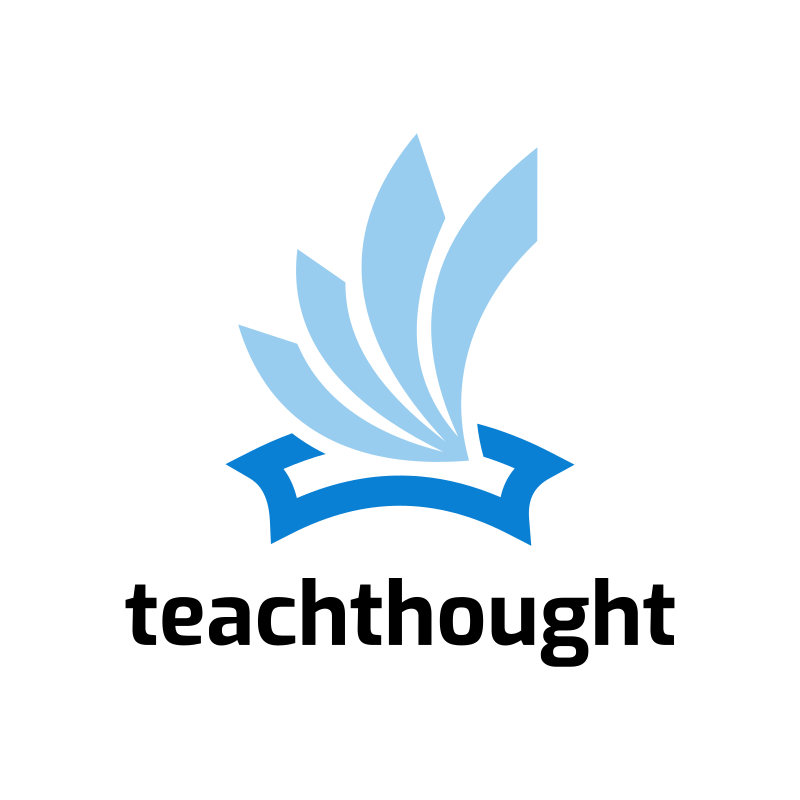
How Technology Can Increase Rigor In The Classroom
Instructional rigor is a concept we can agree is important, despite the debate about the use of the word itself. Rigor is “creating an environment in which each student is expected to learn at high levels; each student is supported so he or she can learn at high levels; and each student demonstrates learning at high levels (Blackburn, 2008).” But how does technology relate to rigor? As with any instructional tool, educational technology is critical to increasing rigor in the classroom. There are five ways technology can be used to increase rigor.
Technology can promote higher-order thinking.
Technology that increases rigor promotes higher order thinking, not rote level tasks. There are times it is appropriate to do lower level tasks, but they should build to higher levels of thinking. In other words, look for technology that is more than a basic worksheet on the screen. One tool that can be effective is using real-world simulations, which require students to analyze, reflect, synthesize information, and create solutions.
Expectations can be raised.
In a rigorous classroom, expectations are high for everyone, even though the product may look different for a student with special needs and one who is an honors student. For example, the teacher in one classroom I visited wanted to increase expectations by moving students beyond simply summarizing a text. First, some students compared two texts they read rather than one; others compared and contrasted three texts for an overall analysis of a theme or author study. In both examples, students then created analysis vlogs (or video logs) from the perspective of a book reviewer for a TV network rather than writing simple summaries. The technology perspective enhanced the expectation level of the assignment.
Consider if the teacher did not use analysis vlogs. Instead, he or she simply asked students to write a paragraph or paper comparing and contrasting the texts. Certainly comparing and contrasting is higher level than summarizing, but the technology transforms the activity. With the vlogs, students are required to put themselves in the position of a book reviewer for a TV network. This means they have to analyze the text materials, synthesize the information, and then present it in a manner pertinent to a TV audience, which typically has a short attention span. Therefore, the students must identify the most important points and back them up with evidence, rather than telling everything they know. These expectations are far more rigorous.
‘Application’ is more natural.
Third, application is the focus. Using an app like Glogster, students can apply their knowledge by creating a multimedia, interactive poster. This can be used for a variety of application-oriented projects, from creating their own math word problems with images to creating a new character in a story or book. I also like having students create an informational poster that contains three errors, and other students must discover the mistakes and correct them.
Technology-based often requires multiple steps.
According to Webb’s Depth of Knowledge, increasing rigor also requires multiple steps to accomplish the assignment rather than one single step. Instead than simply writing an essay about a famous scientist, students can create a fake Facebook page. Through their research, they must generate information to complete the profile, add friends, “like” pages, and complete status updates. This process is far more complex that a simple writing assignment, and requires multiple steps for completion.
The technology provides the structure for the multiple steps. For students to complete the Facebook page, they must first identify what information they will need, so they will have a focus for their research. Next, they must find the information. Third, they must translate the information into the Facebook format, requiring them to analyze and apply.
It can be easier to provide support for rigorous work.
Finally, technology tools that provide support for students to process their learning in different ways also support rigor. In my social studies class, my students learned better by drawing a mind map or other graphic organizer, rather than listing information. Apps like ShowMe for the IPad allow students to not only draw their information, but to record any accompanying information. This is especially helpful for primary students and for those with special needs. Mindmapping is also a great tool for students to use to demonstrate their understanding of concepts and to plan for additional assignments. (You can find some free apps for mindmapping here.)
Conclusion
Technology is a powerful tool that can help teachers increase rigor in their classrooms. As you integrate technology in your teaching, consider how its use reflects the principles we’ve discussed. I’m sure you’ll find that incorporating these five principles will help you not only best meet your students’ needs, but raise the rigor of their learning to new levels.
Barbara R. Blackburn is the author of 15 books, including Rigor in Your Classroom: A Toolkit for Teachers. She is also a national speaker and consultant, regularly presenting workshops for teachers and leaders on rigor, motivating struggling learners, and instructional strategies that improve student achievement. She can be reached through her website at www.barbarablackburnonline.com; How Technology Can Increase Rigor In The Classroom
